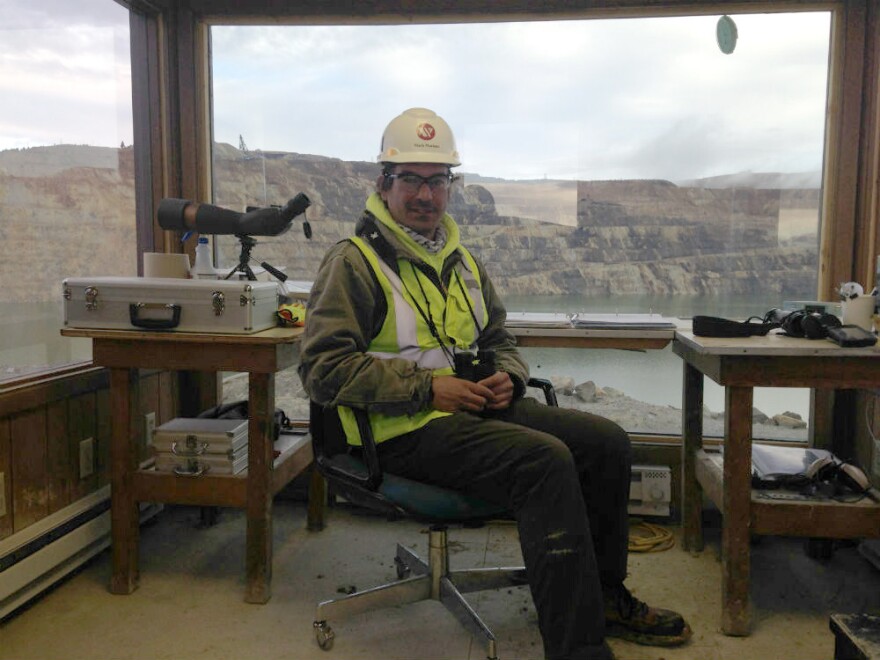With the fall bird migration now in full swing, the companies in charge of Butte’s Berkeley Pit are using their new and improved scientific bird-hazing program to keep birds away. This week, their program got put to the test.
Two years ago this November, Butte made national headlines when several thousand late-migrating snow geese landed on the Berkeley Pit, exhausted and died. The huge numbers overwhelmed the companies jointly in charge of managing the former open pit copper mine and their usual methods of hazing birds off the massive toxic lake it now contains.
“These birds landing in the Pit is akin to when you’re driving across country and you can no longer hold your eyes open or you’re going to literally crash and die. And you pull off at the sketchiest exit and sleep in your car,” says Mark Mariano, an ecological restoration specialist contracted by Montana Resources, which owns the active copper mine next door.
For the last two years, MR and Atlantic Richfield Company have been designing and refining a more advanced science-based waterfowl monitoring and hazing program. Loud sirens and cannons deter birds from landing on the Pit in the first place. But if they do, miners are now trained to identify species and tailor specific hazing technologies - like rifles, lasers and drones - to scare them off. They’ve also established a communication network with bird experts in the region.
Mariano, who’s closely involved with the program, says up until this week, things were really slow. They went days without seeing any birds at all. But that all changed on Tuesday.

“People all over Butte said they saw hundreds of thousands of snow geese flying over. We were notified by the public and of course by our network. And since then, we’ve been busy. And nothing has stayed on the Pit. So that’s been the good thing. One hundred percent success since the migration, since the bulk of it started here.”
Mariano says there’s still open water all around Butte, and while lots of birds passed through the valley and the skies were full, they saw only a tiny percentage visit the Berkeley Pit.
So far this migration season, there’s been one bird mortality there. A common loon died in October.







